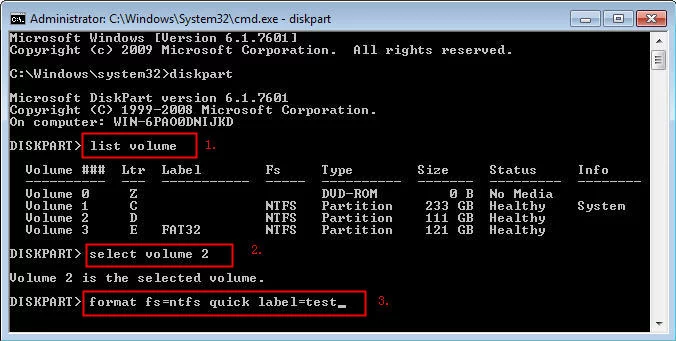

- NTFS OR EXFAT FOR SSD FOR MAC
- NTFS OR EXFAT FOR SSD MAC OSX
- NTFS OR EXFAT FOR SSD MAC OS
- NTFS OR EXFAT FOR SSD INSTALL
- NTFS OR EXFAT FOR SSD FREE
Usage: An NTFS file system is perfect for your Windows system drive and other internal drives or external hard drives with large capacities that will just be used with Windows.
NTFS OR EXFAT FOR SSD MAC OSX

Enables users to set file permissions and encryption as a file system with higher security.Supports very large files and it nearly has no realistic partition size limit by changing cluster size.For detailed information, you can refer to following contents to learn its pros and cons, compatibility and usage. Nowadays, NTFS is the most widely used file system in Windows, especially for its system drive and most internal hard drives.Īs a modern and advanced file system, NTFS has many features not available to FAT32 and exFAT. Windows NT and Windows 2000 are the primary operating systems using the NTFS file system. NTFS is short for New Technology File System, created by Microsoft and introduced in 1993 with Windows NT 3.1. If you don’t know the differences between NTFS, FAT32 and exFAT file system, don’t worry, this article will tell you what you should know for the three kinds of file systems and give you a brief comparison of NTFS vs FAT32 vs exFAT. If you know them well, you can choose the correct file system for different needs. Each of the file systems has their own pros and cons. And FAT32, NTFS, exFAT are three different file systems commonly used in Windows.
NTFS OR EXFAT FOR SSD FREE

Any information that has not been backed up prior to reformatting will be permanently lost. Make sure to back up any data you need before reformatting the drive. NOTE: REFORMATTING A DRIVE WILL ERASE ITS CONTENTS. If your drive is not correctly formatted, you can reformat the drive.
NTFS OR EXFAT FOR SSD FOR MAC
While NTFS can be read on both Mac and Windows, it is not writeable for Mac computers - meaning you won't be able to save patches or make any changes to the STEAM folder. NTFS format is recommended for transferring STEAM folders between platforms, however, it is not suitable to be used as the permanent format for the location of the STEAM library on a Mac. Please note: There is no single drive format that can be used for a STEAM external drive that works on both platforms. What this means, is that your Spectrasonics sounds will load very slowly. These formats are never acceptable on any platform as they limit the amount of data that can be written or transfered.
NTFS OR EXFAT FOR SSD INSTALL
If you are using this drive for Time Machine backups, you will need to use a different drive, or partition your Time Machine drive and install on the partition that is not being used for backups.įor all users - please avoid exFAT or MS-DOS (FAT32).
NTFS OR EXFAT FOR SSD MAC OS
If you are are using Mac OS High Sierra or later, APFS will also work. format) NTFS.įor Mac computers, you'll want to use format MacOS Extended (Journaled) (also called HFS+). USB2 is not adequate in some cases.įor Windows computers, you'll want to use file system (a.k.a. The connection to external drives should be as fast as possible: Thunderbolt, USB3, or Firewire 800 are recommended. 7200rpm HDD (Hard Disk Drives) will generally perform adequately, although there may be some slow models or configurations that should be avoided. SSD (Solid State Drives) are the recommended drive to use for any sample-based instruments. The following are guidelines for what external drive formats to use and avoid with Spectrasonics Instruments.


 0 kommentar(er)
0 kommentar(er)
